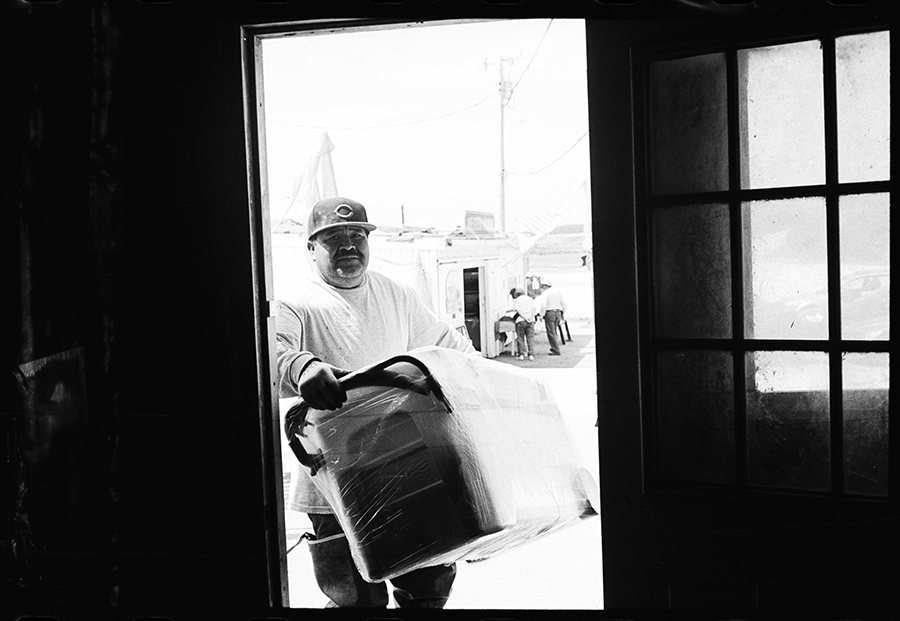On Friday afternoon, a week after the Supreme Court rejected Drakes Bay Oyster Company’s appeal, Isela Meza sorted baby oysters in the hatchery’s . . .
Drakes Bay oyster workers grapple with loss of jobs, homes


On Friday afternoon, a week after the Supreme Court rejected Drakes Bay Oyster Company’s appeal, Isela Meza sorted baby oysters in the hatchery’s . . .